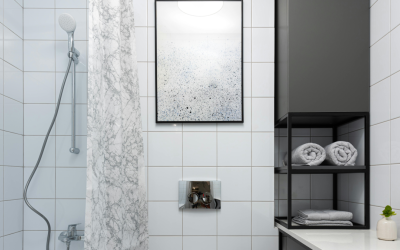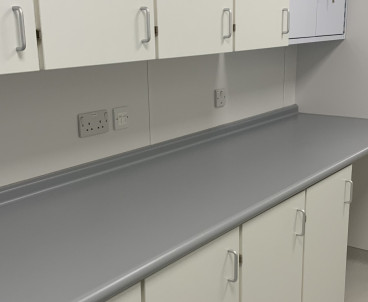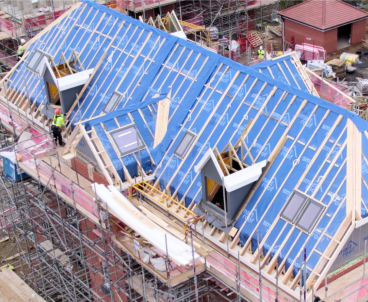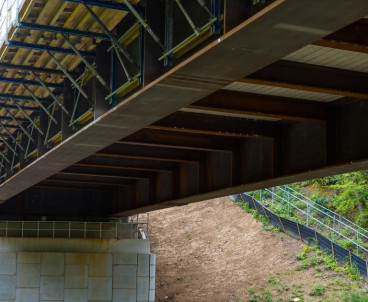Building boom or carbon doom? The debate continues
The construction industry is booming. Cities are expanding, infrastructure needs are growing and the demand for new, energy-efficient...
Read moreTired of the same old construction content? Craving in-depth construction news, insightful views, and genuine construction blogs that talk about the global building market? Welcome to Talk.Build, your independent UK-based platform for all things construction and the built environment.
Built by Builders, For Builders
Unbiased, Independent: Unlike other platforms, we're free from publishing group shackles. Our sole focus is bringing you unfiltered, knowledge-driven content on the latest trends, innovations, and challenges shaping the industry via informative construction blogs, construction case studies, construction news, appointments - plus a few weird facts at Construct IQ - where we explore the unusual with construction.
Community-Powered: Forget ads – your voice is our currency! Join our Talk.Build community and contribute original construction articles, construction blogs, features, and news stories. Share your expertise, connect with like-minded professionals, and be the change you want to see.
Fresh Perspectives, daily: Our dedicated team keeps the content pipeline constantly flowing with up-to-date articles, analysis, and insights. Check back regularly and discover something new every day!
Become a Talk.Build Contributor
Share Your Knowledge: Want to get published on Talk.Build? We welcome submissions via our contact page! Just ensure your content aligns with our editorial guidelines and adds value to the community.
Help Us Thrive: To cover operational costs, we may request a nominal fee for publishing certain content. Remember, your contribution keeps the platform vibrant and independent!
More Than Just News, It's Your Voice
Talk.Build is more than just an information hub; it's a dynamic platform for discussion, debate, and progress. We want to be your voice in the construction market, a place where you can raise your concerns, share your ideas, and contribute to shaping the future of the industry.
So, come on in, builders, architects, engineers, and all other construction professionals who are passionate about the built environment! Talk.Build is your platform. Let's build something remarkable together!
Get your free webpage here
The COVID-19 pandemic fundamentally altered the way we are employed. With millions transitioning to remote work, office buildings across the Western world stand eerily empty, sparking a critical...
Read moreThe construction industry has long been known for its focus on cost. Traditionally, the lowest bidder has nearly always secured the project, leading to concerns about cutting corners and compromising...
Read moreRepetitive Strain Injuries (RSIs) are a major concern for construction teams worldwide, affecting a significant percentage of the workforce. These injuries, caused by repeated forceful movements,...
Read moreYou do not expect to see a giant, glistening piano appearing on the horizon, but this is no mirage – it's the iconic Piano House, a marvel of quirky architecture that blends art,...
Read moreWe have all seen the “Terminator” films and “Iron “Man” where it is possible to do some amazing things. Just think what could happen if you were able to lift heavier materials,...
Read moreStanding proudly amidst the rugged terrain of the Colorado River, the Hoover Dam is a just a marvel of engineering and a testament to the precision and foresight of its builders....
Read moreIf you have something serious to say about construction then let's work together. We are ready to give you a voice.
Read more
Knauf UK and Ireland is proud to announce its recent membership of The Tile Association, as well as its sponsorship of The Tile Association’s upcoming awards ceremony ‘Building on the Best’.
Read more
The Brick Development Association (BDA) has announced the removal of the 1-star rating from its Brickmakers Quality Charter (BQC) scheme, reflecting a commitment to continuous improvement and...
Read more


